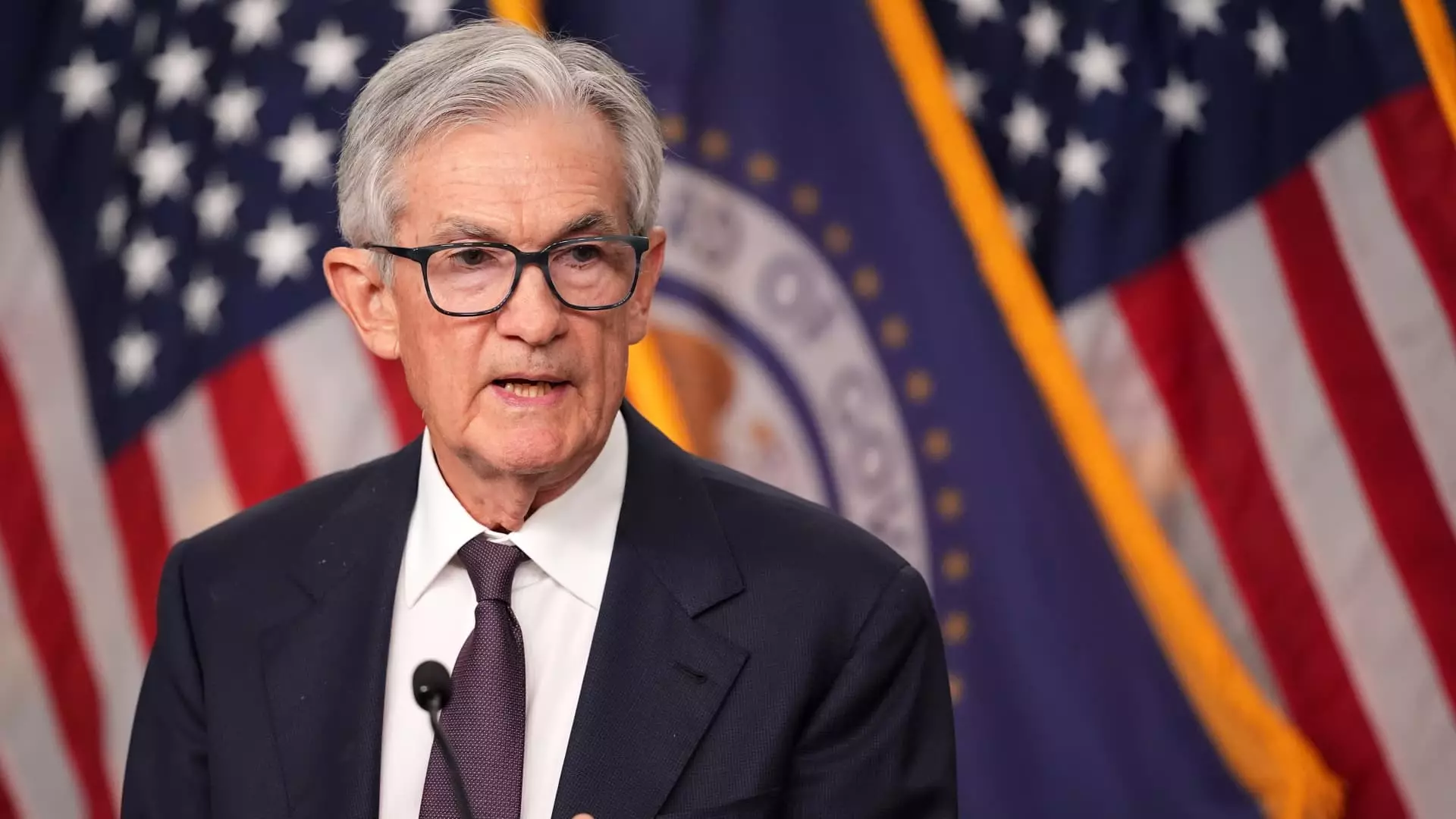As global trade dynamics shift and political tensions escalate, the Federal Reserve finds itself in a precarious position, grappling with uncertainties that challenge its traditional tools of monetary policy. Recent minutes from the May Federal Open Market Committee (FOMC) meeting elucidate the depth of concern among Fed officials regarding the interplay between tariffs, inflation, and economic growth. The collective anxiety surrounding inflationary pressures and uncertain fiscal policies puts the Fed in a dilemma, underscoring the complexity of navigating an economy fraught with risk.
In an era characterized by unpredictable trade disputes and shifting governmental policies, the Federal Reserve’s cautious approach seems not only prudent but necessary. The decision to maintain interest rates within a band of 4.25% to 4.5% signals an acute awareness of the precariousness of the current economic landscape. However, this conservatism raises fundamental questions: How long can the Fed maintain this stance in the face of rising inflation, and what indicators will signal a shift toward more aggressive monetary policy?
The Shadow of Inflation and Tariff Policies
These minutes revealed that officials are increasingly concerned about the implications of tariffs on inflation—a phenomenon that has taken center stage. The potential for tariffs to exacerbate inflation introduces an added layer of complexity, compounding the dilemma that monetary policymakers face. The Fed’s traditional role of fostering stable prices becomes particularly challenging when the sources of inflation are beyond its control, such as geopolitical tensions and trade disputes.
The ramifications of persistent inflation point toward a potential trade-off between economic growth and maintaining price stability. With rising consumer prices and dwindling growth forecasts, the Fed’s dual mandate of maximizing employment while keeping inflation in check seems increasingly at odds. In addressing these conundrums, it becomes imperative for the authorities to carefully assess the broader impacts of government tariffs and negotiations not just on specific sectors, but on the economy as a whole.
The Tug-of-War with Political Interference
Moreover, the intersection of political influence and the Fed’s independence warrants critical scrutiny. Notably, the ongoing pressures from the Trump administration to lower interest rates in response to economic concerns exemplify the potential risks inherent in intertwining politics with monetary policy. While Fed Chair Jerome Powell maintains that the central bank will not capitulate to political whims, the underlying tension is increasingly evident. This delicate balancing act jeopardizes the Fed’s credibility and raises pertinent questions about its autonomy in navigating economic turbulence.
The minutes also highlight a significant shift from the Fed’s previous policy framework—namely the flexible average inflation targeting approach. The decision to revisit this structure in light of “large inflationary shocks” and a myriad of external pressures illustrates the Fed’s recognition of its vulnerabilities. Without the ability to control certain variables, such as tariffs and international relations, the Fed’s role morphs from a stabilizing agent to a reactive player in a rapidly changing narrative.
The Road Ahead: Navigating Uncertainty
As the Fed grapples with these formidable challenges, it represents not only an institution fighting to uphold economic stability but also a critical touchpoint in a broader discourse on governance and economic policy. The call for discourse between policymakers and the public becomes ever more salient; transparency and communication are necessary to rebuild trust and understanding regarding the Fed’s functions and decisions.
Ultimately, a willingness to embrace adaptability—while steadfastly prioritizing economic growth and stability—will be essential as the Fed navigates the uncharted waters of inflation and trade pressures. The imperative to engage in comprehensive assessments of the impacts of tariffs reflects a broader need for inclusive economic policies that consider the multifaceted nature of today’s global economy. Only through a resilient and informed monetary policy can the Federal Reserve curtail the specter of inflation, support sustainable growth, and maintain its status as an independent facilitator of economic prosperity.


Leave a Reply